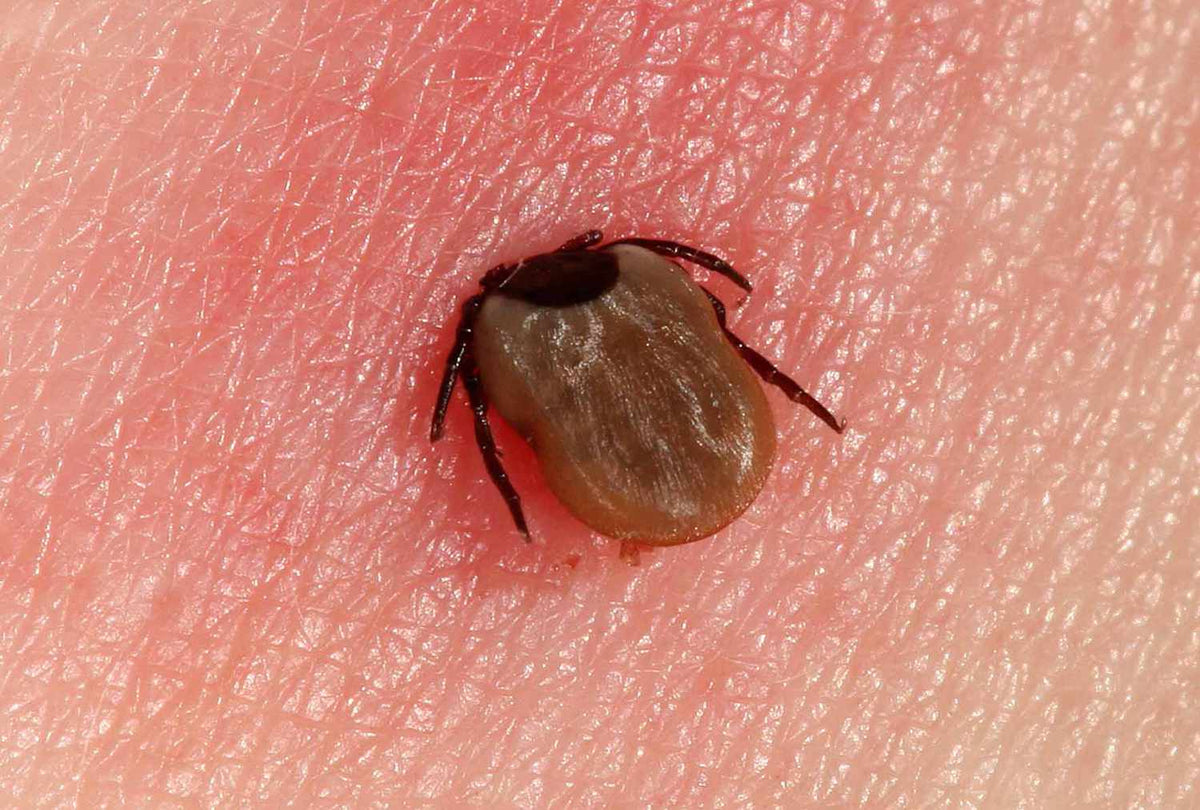
As the UK transitions into warmer weather and brighter days, there's an undeniable allure to spending more time outdoors. Whether it's children playing in the garden, dog owners exploring fields, hiking enthusiasts hitting the trails, or camping in seek of adventures, the call of nature becomes irresistible. However, amidst the beauty of the great outdoors lies a potential threat - ticks. With tick season upon us, it's crucial to raise awareness about the risks they pose and the importance of staying protected, particularly due to the transmission of Lyme disease.
Ticks, small arachnids often found in grassy and wooded areas, become more active as temperatures rise. They are opportunistic parasites, latching onto animals and humans alike to feed on blood. While many tick bites go unnoticed, some can lead to serious health consequences, primarily Lyme disease. Caused by the bacterium Borrelia burgdorferi, Lyme disease can result in a range of symptoms, from fever and fatigue to joint pain and neurological issues, if left untreated.
With the prospect of spending more time outdoors, it's essential to adopt preventive measures to minimize the risk of tick bites and Lyme disease. Here are some practical steps individuals can take:
-
Wear Protective Clothing if possible: When venturing into tick-prone areas, dress appropriately by wearing long-sleeved shirts, long pants, and closed-toe shoes. Light-coloured clothing can also make it easier to spot ticks.
-
Use Insect Repellent: Apply insect repellent such as what THEYE offer to exposed skin and clothing. This helps stop ticks from latching onto you.
-
Perform Tick Checks: After spending time outdoors, thoroughly check your body and clothing for ticks. Pay close attention to areas such as the hairline, underarms, groin, and behind the knees. Promptly remove any ticks you find!
-
Protect Pets: Pets can also be vulnerable to tick bites and Lyme disease. Consult with your veterinarian about tick prevention products suitable for your pet and regularly check them for ticks after outdoor excursions.
-
Maintain Your Yard: Keep grass trimmed short, remove leaf litter, and create a barrier between wooded areas and recreational spaces like gardens. This reduces the likelihood of encountering ticks in your immediate surroundings.
-
Be Aware of Tick Hotspots: Be cautious in areas where ticks are commonly found, such as woodlands, heathlands, and areas with dense vegetation. Take extra precautions when hiking, camping, or engaging in outdoor activities in these environments.
-
Seek Medical Attention if Necessary: If you develop symptoms suggestive of Lyme disease after a tick bite, such as a bullseye rash, fever, or joint pain, seek medical attention promptly. Early diagnosis and treatment are essential for preventing complications.
As we embrace the arrival of spring and summer, let's not forget the importance of safeguarding our health while enjoying the great outdoors. By being vigilant and taking proactive measures to prevent tick bites, we can minimise the risk of Lyme disease and ensure our outdoor adventures remain safe and enjoyable for all. So, whether you're planning a leisurely stroll or an extended camping trip, remember: stay protected, stay vigilant, and stay safe.
